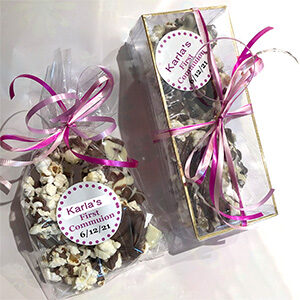 Chocolate comes in many forms, but the three main types—milk, dark, and white chocolate—each offer a unique taste, texture, and experience. At Lazar’s Chocolates, we craft all three with premium ingredients and time-honored techniques, so every bite is something special.
Chocolate comes in many forms, but the three main types—milk, dark, and white chocolate—each offer a unique taste, texture, and experience. At Lazar’s Chocolates, we craft all three with premium ingredients and time-honored techniques, so every bite is something special.
But what exactly sets them apart? Let’s break it down.
🍫 Milk Chocolate: Smooth, Creamy, and Classic
Milk chocolate is the most popular type in the world—and for good reason. It’s made with a blend of cocoa solids, cocoa butter, sugar, and milk powder or condensed milk, resulting in a sweet, creamy taste and a soft, melt-in-your-mouth texture.
What makes Lazar’s milk chocolate different?
We use high-quality cocoa and real dairy for a balanced flavor—not too sweet, not too mild. Our milk chocolate is smooth, rich, and beloved in everything from bars and bark to caramels and clusters.
Best for:
-
Everyday snacking
-
Gifts for kids and sweet tooths
-
Milk chocolate truffles or covered pretzels
🌑 Dark Chocolate: Bold, Rich, and Full of Flavor
Dark chocolate has a higher percentage of cocoa solids and less sugar than milk chocolate, and typically contains no milk at all. This gives it a more intense flavor and a firmer texture.
At Lazar’s, we craft our dark chocolate with a rich cocoa base that’s never bitter—just deep, velvety, and satisfying. It’s the kind of chocolate that lingers on the palate and pairs beautifully with coffee, wine, or fruit.
Is dark chocolate healthier?
Yes! Dark chocolate contains more antioxidants and less sugar, making it a smart treat in moderation.
Best for:
-
Serious chocolate lovers
-
Pairing with red wine or espresso
-
Dark chocolate-dipped fruit, nuts, or sea salt caramels
🤍 White Chocolate: Sweet, Silky, and Underappreciated
Though it doesn’t contain cocoa solids, white chocolate is still considered real chocolate because it’s made from cocoa butter, sugar, and milk solids. It has a smooth, buttery texture and a sweet, creamy flavor that’s entirely different from milk or dark chocolate.
At Lazar’s, we use real cocoa butter—not substitutes or fillers—giving our white chocolate a true melt-in-your-mouth experience without the waxy texture found in lower-quality brands.
Best for:
-
Lovers of smooth, sweet treats
-
Pairing with berries or citrus
-
White chocolate-covered pretzels, bark, or truffles
Which Chocolate Should You Choose?
It all comes down to taste preference and occasion.
-
Go with milk chocolate for classic comfort.
-
Choose dark chocolate for rich, bold flavor.
-
Pick white chocolate for something sweet and silky.
Or better yet—try all three. At Lazar’s Chocolates, we offer handcrafted options for every chocolate lover. Whether you’re building a custom box, sending a gift, or simply indulging, you can taste the care and quality in every piece.
Explore the Full Chocolate Spectrum
Ready to find your favorite? Visit lazarschocolate.com or stop by our Greenvale, NY location to explore our full collection of milk, dark, and white chocolate confections.
There’s no wrong choice—only delicious ones.


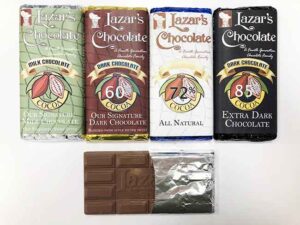 When it comes to chocolate, quality makes all the difference. At Lazar’s Chocolates, we’ve built our reputation on crafting gourmet chocolates that go beyond expectations. From the ingredients we source to the care we put into each piece, our commitment to excellence is what keeps generations of customers coming back.
When it comes to chocolate, quality makes all the difference. At Lazar’s Chocolates, we’ve built our reputation on crafting gourmet chocolates that go beyond expectations. From the ingredients we source to the care we put into each piece, our commitment to excellence is what keeps generations of customers coming back.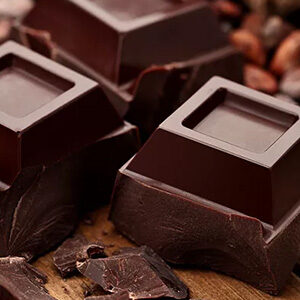 Chocolate is a delicate treat that deserves proper care—especially when it’s handcrafted and made with premium ingredients like the ones we use at Lazar’s Chocolates. Whether you’re saving a holiday gift, rationing out your favorites, or stocking up for later, storing chocolate correctly helps maintain its taste, texture, and appearance.
Chocolate is a delicate treat that deserves proper care—especially when it’s handcrafted and made with premium ingredients like the ones we use at Lazar’s Chocolates. Whether you’re saving a holiday gift, rationing out your favorites, or stocking up for later, storing chocolate correctly helps maintain its taste, texture, and appearance. In a world full of mass-produced treats, there’s something undeniably special about handcrafted chocolate. Whether it’s the rich texture, complex flavor, or the care behind every piece, small-batch, artisan chocolate offers an experience that factory-made simply can’t match. At Lazar’s Chocolates, handcrafted quality has been at the heart of everything we do for generations—and it’s what makes our chocolate stand out from the rest.
In a world full of mass-produced treats, there’s something undeniably special about handcrafted chocolate. Whether it’s the rich texture, complex flavor, or the care behind every piece, small-batch, artisan chocolate offers an experience that factory-made simply can’t match. At Lazar’s Chocolates, handcrafted quality has been at the heart of everything we do for generations—and it’s what makes our chocolate stand out from the rest. Chocolate isn’t just a delicious indulgence—it may also be a natural mood booster. At Lazar’s Chocolates, we’ve always known there’s something magical about chocolate, and now science backs it up. Whether you’re navigating a stressful day or simply need a pick-me-up, treating yourself to high-quality chocolate could offer more than just great taste.
Chocolate isn’t just a delicious indulgence—it may also be a natural mood booster. At Lazar’s Chocolates, we’ve always known there’s something magical about chocolate, and now science backs it up. Whether you’re navigating a stressful day or simply need a pick-me-up, treating yourself to high-quality chocolate could offer more than just great taste. When it comes to chocolate, not all confections are created equal. At Lazar’s Chocolates, we pride ourselves on offering not just traditional favorites, but also a stunning variety of unique chocolates that surprise, delight, and satisfy even the most adventurous sweet tooth.
When it comes to chocolate, not all confections are created equal. At Lazar’s Chocolates, we pride ourselves on offering not just traditional favorites, but also a stunning variety of unique chocolates that surprise, delight, and satisfy even the most adventurous sweet tooth. When it comes to premium chocolate, selection matters—and nobody does it better than Lazar’s Chocolates. With nearly a century of experience crafting handmade gourmet chocolate, Lazar’s offers an incredible variety that delights chocolate lovers of all kinds. From timeless classics to creative confections, there’s something for everyone in our delicious lineup.
When it comes to premium chocolate, selection matters—and nobody does it better than Lazar’s Chocolates. With nearly a century of experience crafting handmade gourmet chocolate, Lazar’s offers an incredible variety that delights chocolate lovers of all kinds. From timeless classics to creative confections, there’s something for everyone in our delicious lineup.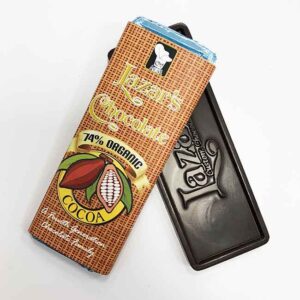 At Lazar’s Chocolates, we know that choosing your favorite chocolate is more than just a sweet tooth decision—it’s a reflection of your personality. Whether you crave creamy milk chocolate, bold dark chocolate, or nutty, textured confections, your chocolate preference can say a lot about who you are.
At Lazar’s Chocolates, we know that choosing your favorite chocolate is more than just a sweet tooth decision—it’s a reflection of your personality. Whether you crave creamy milk chocolate, bold dark chocolate, or nutty, textured confections, your chocolate preference can say a lot about who you are.
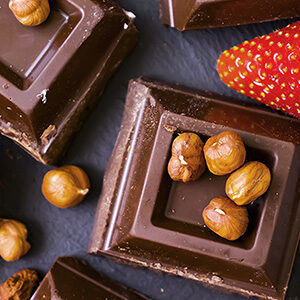
Recent Comments